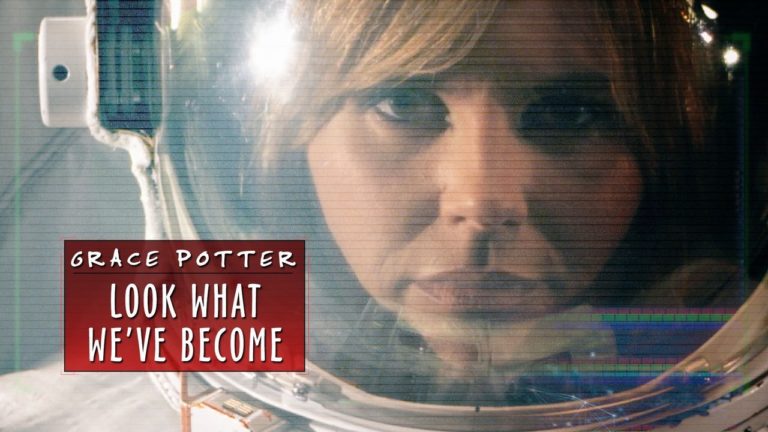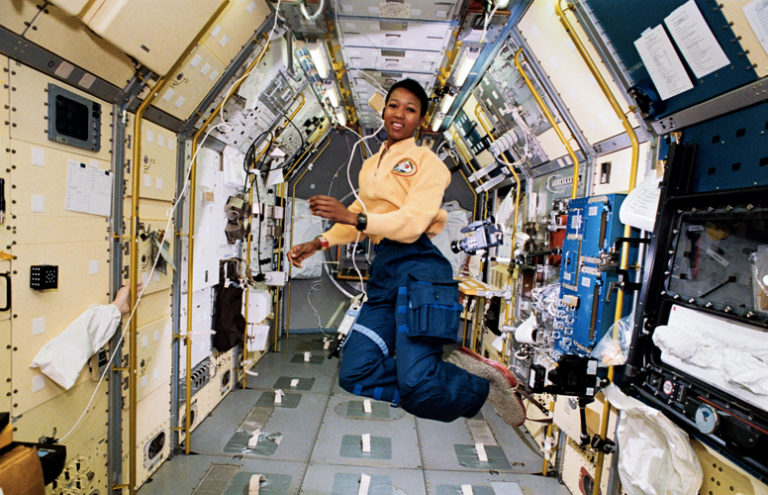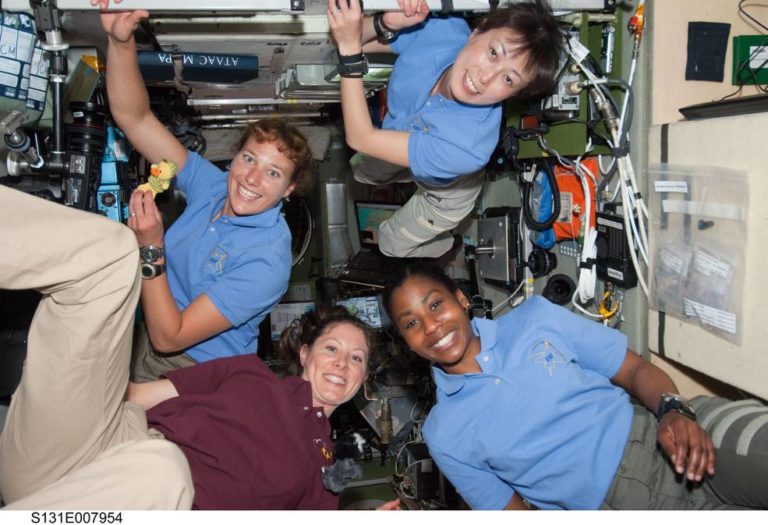World Space Week is in full swing this week and we are thrilled to take part in celebrating the innovation in space and aeronautics that has been achieved! And apparently, so is NASA.

Photo by NASA Johnson
The agency recently released a music video collaboration with Grace Potter that features a number of real-life NASA employees in their day-to-day work. While the video itself is a fun piece, it has a deeper meaning than is first apparent. Entitled “Look What We’ve Become,” the song is actually a commemoration of women in STEM, particularly aeronautics.
The video celebrates the amazing things that have resulted from generations of women pursuing their passion and overcoming challenges within STEM fields. We proudly support this video and continue to encourage kids to aim for the stars and persevere in times of difficulty.
That got us thinking, though. How far have women come in aerospace and aeronautics?

Photo by Fatherly
In 1985, a group of women created Women In Aerospace, to connect female aeronautics employees and trendsetters to one another, as well as raise their visibility in a sector primarily dominated by men. What started as a small pioneering group of women has expanded to a global group with over 2,000 members today, according to their website.
On October 13, Women In Aerospace is having their 31st Annual Awards Ceremony & Banquet to honor individuals for their dedication and impact in the field.

Photo by NASA
What’s more, 1983 was the first year NASA placed an American woman, Sally Ride, in space. Since then, numerous women have followed in her footsteps, and as recently as 2010, four individuals set the record for the most women in space at one time! NASA has full details of women involved on missions here.
While this barely scratches the surface of the history of women in the field of aerospace and aeronautics, it is clear that women have made leaps and bounds in industry in the past few decades alone. And we believe that those numbers can keep growing.

Girl (6-7) standing in front of blackboard, solving arithmetic problem, rear view
It’s amazing what individuals can do when they put their minds to it, and kids these days are no different. In fact, our boys and girls have more exposure to STEM learning tools, camps, and projects to help them grow in their passions than ever before.
One of the most vital characteristics parents can teach their children is that of confidence: confidence in their ability to pursue their passions, confidence to dream big and to not fear failure. After all, at the end of the day, we want our kids to grow up and be able to say, “look what I’ve become.”